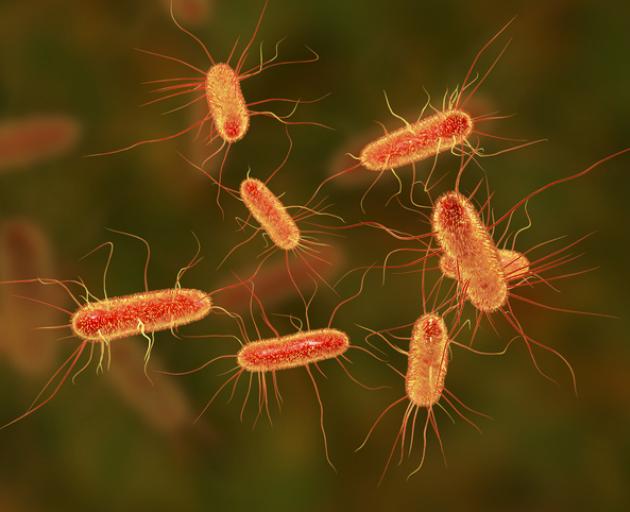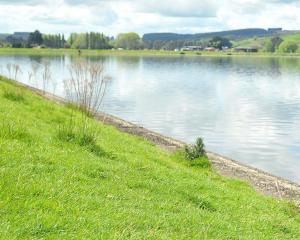
The Our Land and Water study found about three-quarters of the country had an issue with E. coli which is an indicator for such things as cryptosporidium, which has affected Queenstown's water supply.
The study identified the degree to which improvements need to be made to reach the "bottom lines'' of the Government's National Policy Statement for Freshwater Management 2020.
Lead author Dr Ton Snelder said E. coli was where the largest reductions were necessary.
The study was designed to measure the problem, not provide potential solutions.
That job falls to local authorities including the Otago Regional Council.
Council policy and science general manager Anita Dawe told the Otago Daily Times the council had already carried out a similar study as it updated its regional water plan.
"We consider our Otago specific study represents the best current understanding of the reductions required,’’ she said.
"The reason we commissioned our own study was because the high level nationally aggregated work led by Dr Snelder did not align with some of our . . . monitoring.’’
Ms Dawe said Dr Snelder had guided the council’s study.
How the ORC will go about reducing contamination will be addressed in the draft land and water plan due to be notified next year.
"It is important to manage human derived sources of E. coli loads where possible.
"This includes waste water management, stock exclusion, effluent management, and others,’’ she said.
The study shows Otago far exceeds the sedimentation levels of the policy statement, but Ms Dawe pointed out many rivers such as the Dart, Shotover, and Matukituki had high natural sediment loads due to their glacial sources.
"These rivers are not expected to comply with the national bottom line due to their natural loads.
"As a result, the reductions indicated by the national research are not indicative of those required in these types of systems.
"However, it is important to manage any non-natural increases to sediment loading through controls such as set backs/stock exclusion, riparian management etc.''
The report found Canterbury needed to reduce nitrogen by 44%, and Southland by 41%.
Dr Snelder said reductions of that magnitude were "probably not achievable without changing current land use’’.
The coalition agreement between National and Act shows they will replace the current National Policy Statement for Freshwater Management 2020 to "allow district councils more flexibility in how they meet environmental limits’’ and also to "seek advice on how to exempt councils from obligations under the National Policy Statement for Freshwater Management 2020 as soon as practicable.’’
Our Land and Water National Science Challenge director Jenny Webster-Brown hoped the new government would not replace the legislation or change the standards.
"[This study] is not a call for a revision or a rethink of the national bottom lines — it is simply an account of what we need to do to achieve them,’’ Webster-Brown said.
"I would like to think that our current coalition government would not be tempted to simply throw the baby out with the bathwater and start all over again. I think that would be hugely damaging for the progress we have made on improving our freshwater systems.’’
The analysis used digital representation of New Zealand's 650,000 river segments, 961 lakes and 419 estuaries and their catchment area. The research used models informed by data collected at 850 long-term water quality monitoring sites.












